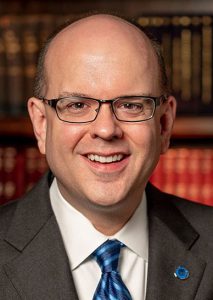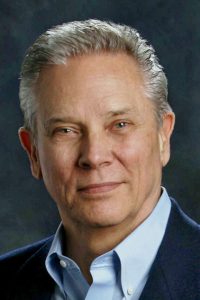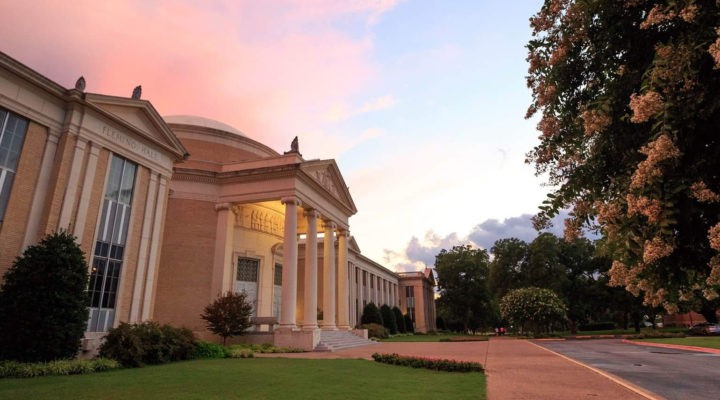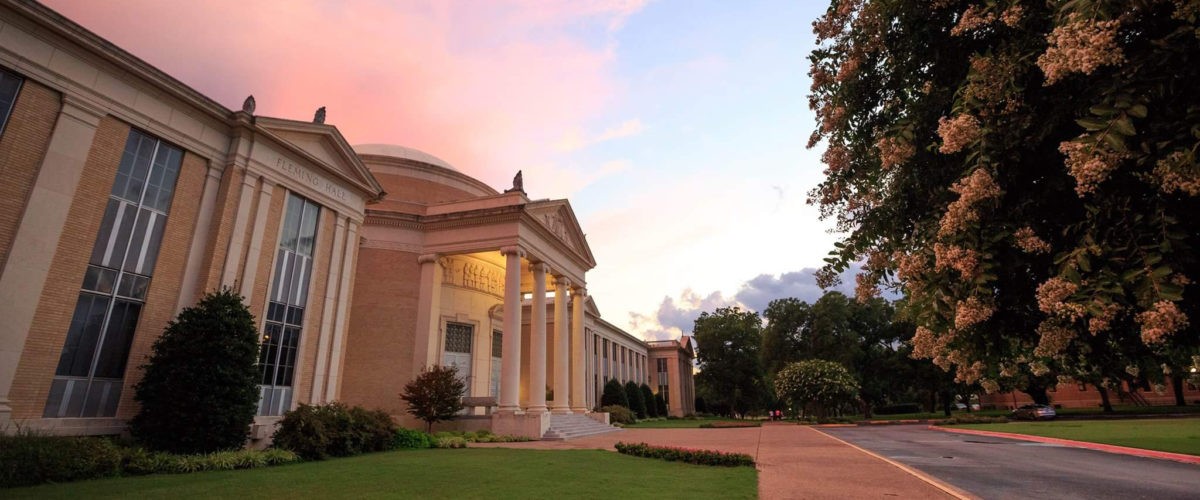There is no joy in reporting that Southwestern Seminary has forced out its fourth president in 28 years. But there is a need to give some interpretation to what this means and why it likely happened.
Even though I haven’t been a Southern Baptist for 22 years, I am a former student at Southwestern and the former director of news and information there. That was a long time ago, and the Southern Baptist landscape has changed tremendously in that time. But some things remain the same, and some of the players are the same — just older, like me.

Adam Greenway
Now that the news BNG first broke last Thursday night has been confirmed as all true, we are left with the question of why this resignation happened. Hopefully, we’ll learn more in the days ahead, but for now, we have only some very strong hints.
Here are some of the clues we have:
- Enrollment has dropped in the past three years, significantly.
- COVID threw a curve ball to everyone.
- Greenway inherited a huge mess at Southwestern because his predecessor was a showboating spendthrift who exposed the seminary to legal liability and was obsessed with visions of grandeur.
- Despite some outward charm, Greenway seems to be a my-way-or-the-highway kind of guy. That worked well in addressing Patterson’s problems but didn’t wear well with faculty, staff or trustees. Losing 45 faculty members in three years is not a good look for stability.
- Greenway angered the friends and allies of David Allen, who was demoted last spring, causing him to resign and make a public protest about his mistreatment. Perhaps Allen should have been sent packing because he had the audacity to defy his superiors and appear on a preaching program with Patterson just weeks before the SBC received its bombshell report on sexual abuse. You can see how that would be inflammatory. But Allen has been a fixture at Southwestern longer than Greenway, dating back to his service on the board of trustees that fired Russell Dilday in 1994 and then being chair of the board when his successor, Ken Hemphill, was shuffled off to Nashville in 2003.
- Greenway lost the confidence of some other significant players in SBC leadership, particularly in Texas.
- Southwestern reportedly is $12 million or more in the hole this year. Or so I’m told from multiple knowledgeable sources. That’s a big problem the trustees could not ignore.
- Southwestern is not the biggest game in town anymore. For seemingly forever, Southwestern used to brag — I used to write this stuff — that it was “the world’s largest theological seminary.” That’s no longer true. In fact, it now is only the fifth-largest in the SBC, by full-time student enrollment, the standard reported in the SBC Book of Reports. For 2020-2021, Southwestern reported an FTE of 1,126, compared to the high of 2,762 FTEs reported by Southern Seminary. In 1994, the year of Dilday’s firing, Southwestern reported an FTE of more than 3,000, meaning the school’s enrollment today is one-third of what it was 28 years ago.
- Theological education is changing more than at any time in a century. The shift to online classes, hybrid classes, different degree programs, a non-traditional student body, the influence of COVID — all these things are forcing every seminary and divinity school to revamp and rethink. The challenges are enormous.
Greenway himself hinted at some of these clues in his statement issued last Friday afternoon: “These days are incredibly challenging in the life of our denomination. They are also challenging times for academic institutions, particularly theological seminaries. In February 2019, Carla and I accepted the call to come back ‘home’ to Southwestern Seminary with an understanding of these challenges, but also with the strong desire to be part of the solution. What we failed to appreciate was the enormity of the reputational, legal, and financial realities that would welcome us to the Dome — only to be compounded by a global pandemic unlike anything we have ever experienced before.”

O.S. Hawkins
Whatever the real cause of Adam Greenway’s resignation, it likely is not one thing alone. It most likely is an assortment of things that coalesced unexpectedly into a critical mass. But there is one tell in the second part of the trustees’ action last Thursday night: They named 75-year-old O.S. Hawkins interim president.
Why is this significant? Let me count the ways:
- He’s one of the most popular and well-loved figures in the SBC, spanning the generations with charm. And that’s well-deserved; he’s a truly nice guy.
- He has a proven track record as a financial manager, having ably led Guidestone Financial Resources, which holds the retirement funds of most all Southern Baptist pastors, church staff members and agency employees. Whatever financial problems Southwestern has, he will be trusted to sort them out.
- He’s a Texan. He’s a Fort Worth native. He knows the people you need to know to do “bidness” around here.
- In yet another bit of historical irony, it was Hawkins’ predecessor at Guidestone (then called the Annuity Board) who was hired by Baylor University to shore up its George W. Truett Theological Seminary, which was formed as a direct competitor to Southwestern’s rightward shift. That former SBC leader, Paul Powell, also was needed to reassure donors and build the Texas base.
There are many questions we’ll keep exploring in the days ahead. Among those is who else facilitated a $12 million deficit, if that really is the case. But an even bigger question is this: Why can’t Southwestern Seminary keep a president without forcing them out? What is it in the system that doesn’t create or allow stability?
There’s much more to this story yet to be told.
Mark Wingfield serves as executive director and publisher of Baptist News Global.
Related articles:
Confirmed: Greenway out at Southwestern Seminary
Southwestern president says SBC seminary leaders have been ‘misunderstood’ and ‘misconstrued’


